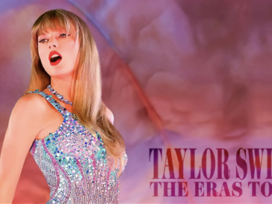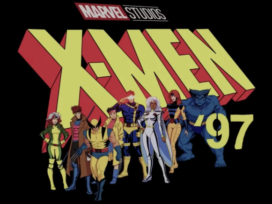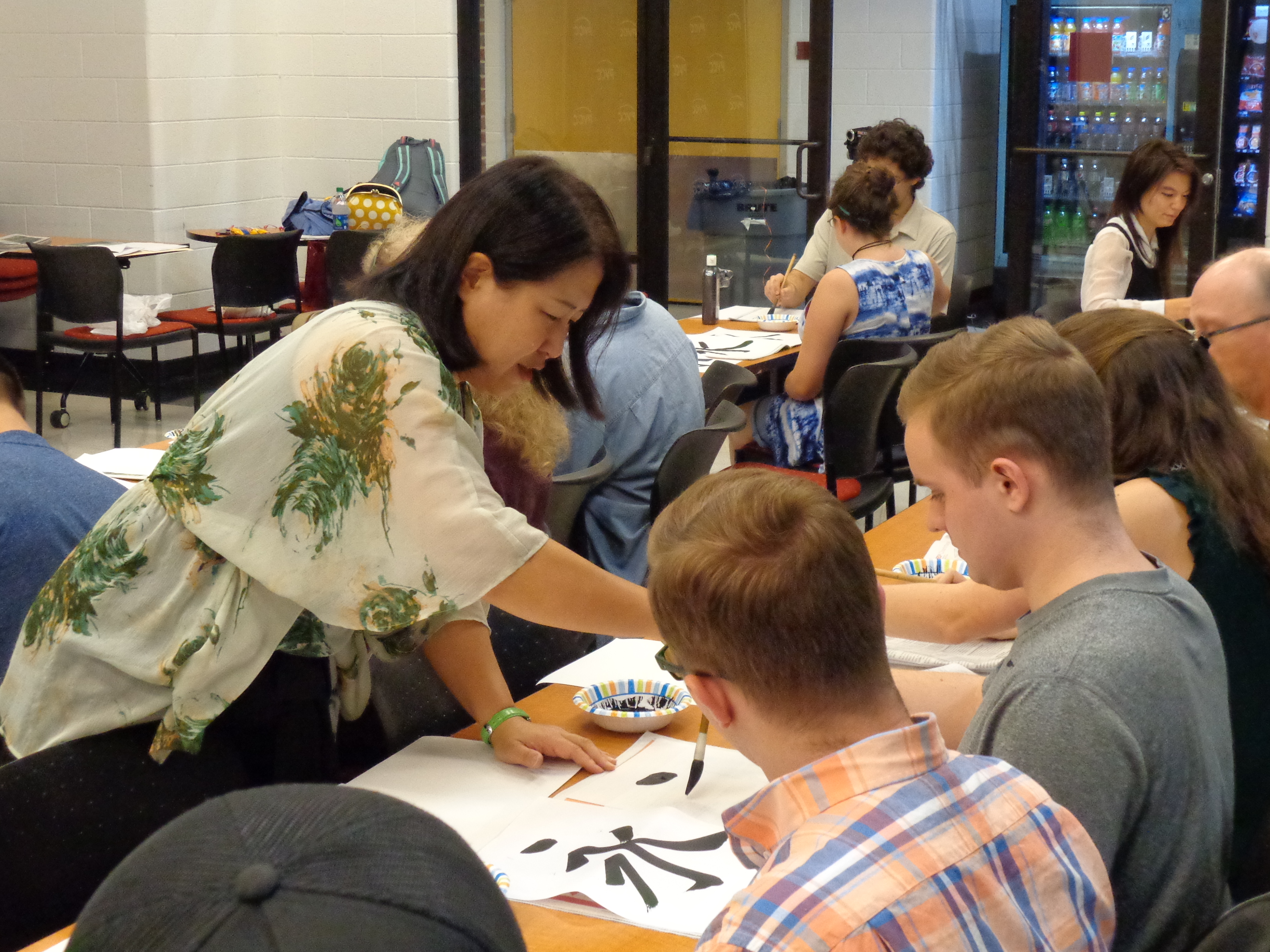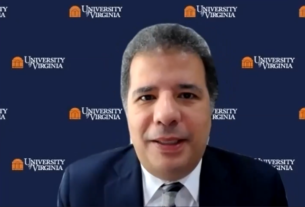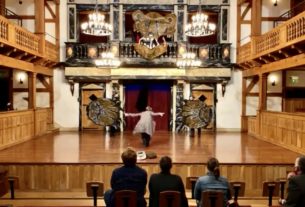Exploring the Presidential Dress Code
Cody Clark, staff writer
At the Robert H. Smith International Center for Jefferson Studies on March 24 from 11 a.m. to 12:30 p.m., Gaye Wilson spoke about her book Jefferson on Display. During her discussion, she described the content in the book and how many of the principals can be seen in politicians today.
Wilson summarized her book as, “Jefferson in the public arena.” She began by talking about how George Washington established the dress code for presidents that came after him.
Many people across the United States saw a highly circulated print of the Lansdowne painting of Washington, which would engrain what was seen as the presidential dress code for years to come.
Wilson reviewed how this precedent set by Washington contrasts with some politicians today. For example, Jeb Bush would go to rallies in a shirt with rolled sleeves and no tie or jacket. This was so he may connect better with his audience and show he was independent.
However, as Vanessa Friedman said, “After all, Americans tend to like their presidents to look, well, presidential. And that most often involves a suit. They like them to display respect for the office. And that most often involves a suit.”
Wilson did reveal one exception Jefferson made to the presidential dress code. In painting of Jefferson, that was commissioned toward the end of his presidency, he wears a fur lined cape that is utilitarian in appearance.
The reasons for Jefferson’s appearance are somewhat unknown, but it is speculated that it could have a connection to the Lewis and Clark expedition.
Jefferson could also be trying to show his more casual side to the public. Similar to how some modern politicians have tried to dress more casually to relate to voters.

